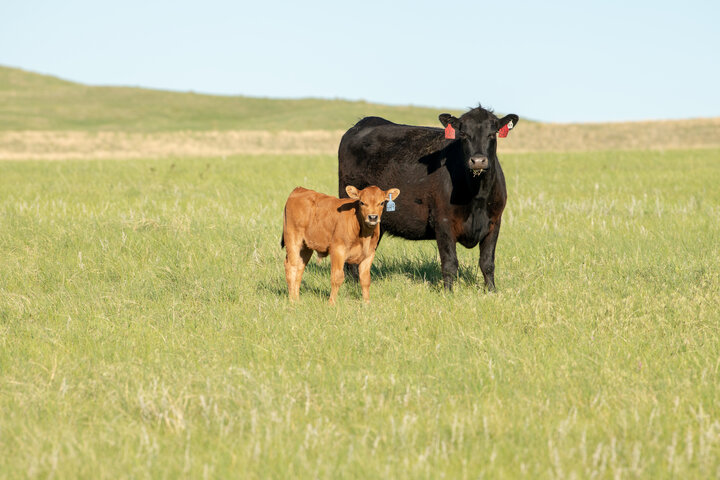I have a May calving cow herd. Should I cull cows that have had a prolapse while they were calving?
A: Prolapses occur occasionally in beef cows. Most prolapses occur very near the time of calving. There are two distinct kinds of prolapses in beef cows: vaginal prolapses and uterine prolapses.
Vaginal prolapses
Vaginal prolapses are those that occur in very late gestation. A vaginal prolapse is the protrusion of the vagina through the vulva and exposed to sun, wind, and infectious pathogens.
Vaginal prolapses are very repeatable. In other words, even if the vaginal prolapse is repaired, when the cow calves and rebreeds, she is very likely to prolapse again next year.
This type of prolapse is known to have a genetic component, which means that daughters of cows that have this problem will have an increased likelihood of suffering a vaginal prolapse themselves. Cows with this condition should be marked for culling and daughters should not be kept as replacements.
Uterine prolapses
Uterine prolapses occur at or shortly after calving usually as a result of a difficult birth. The uterus is pulled through the birth canal with the calf or the afterbirth and again exposed to the weather elements, potential injury, and certainly infectious agents.
Uterine prolapses, when repaired by proper veterinary attention, can have a very successful result. Cows with properly cared for uterine prolapses are no more likely than others to have a prolapse next year.
Because of the trauma, possible infection, and recovery time, cows with a uterine prolapse may take longer to re-conceive for the next year's calf. This often means that these cows will be late-bred or non-pregnant at weaning time when pregnancy checks are made. This may be a viable reason for culling these cows, but keeping pregnant cows that have experienced a uterine prolapse is not a bad risk.
Topics covered:
Reproduction & genetics, Breeding Health, Genetics & selection, Selection & culling, Calving, Calving Health

